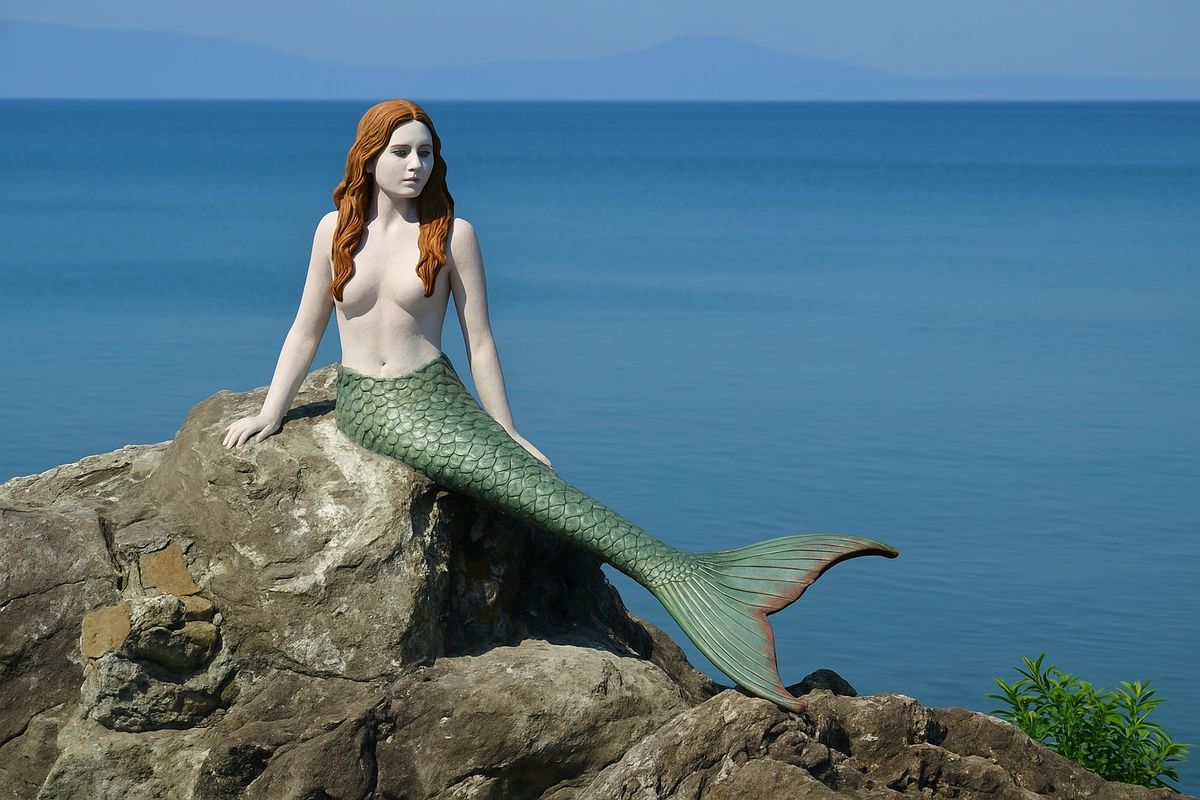19 Apr , 19:32
6

In March 2025, the quiet coast of Margate in the British county of Kent became the epicenter of a worldwide sensation. A married couple, out for their usual morning walk, discovered a find that made even the most hardened skeptics shudder – a presumed mermaid washed ashore.
Paula Regan and her husband initially thought the find was the remains of a seal or a piece of driftwood. However, upon approaching, they were confronted with a sight that shocked them:
The creature's head had empty eye sockets, pointed ears, with no signs of hair or nose.
The body smoothly transitioned into a scaly fin, soft to the touch, but lacking the characteristic slime of marine inhabitants.
The overall impression balanced between skeletonized remains and an unknown sea creature.
The realism of the figure was striking – the absence of decomposition odor and anatomically accurate details only enhanced the mystery of the find.
Characteristic tail with fin
Body structure - a hybrid of human and fish
Surprisingly natural materials - as if it's not a model, but a real creature
The strangest thing - the figure was wet, as if it had just come out of the water
Experts remain silent, but internet users and locals are actively building theories:
"Fiji Mermaid 2.0" - skillfully assembled exhibit made of bones, skin, and fish
Modern art - an art object washed up by the sea or deliberately planted
Secret biological experiments
Marine mysticism - supporters of the supernatural believe: this is a sign
Photos of the find spread across social networks within hours, generating memes, theories, TikTok videos, and dozens of articles. Some are asking scientists to urgently analyze the tissues, while others claim they've seen something similar in Japan.
The Margate coast mermaid is not just a strange find. It's a symbol of how myths penetrate reality, making us believe in the impossible again. While scientists remain silent, the internet is buzzing. Which means - the mystery lives on.